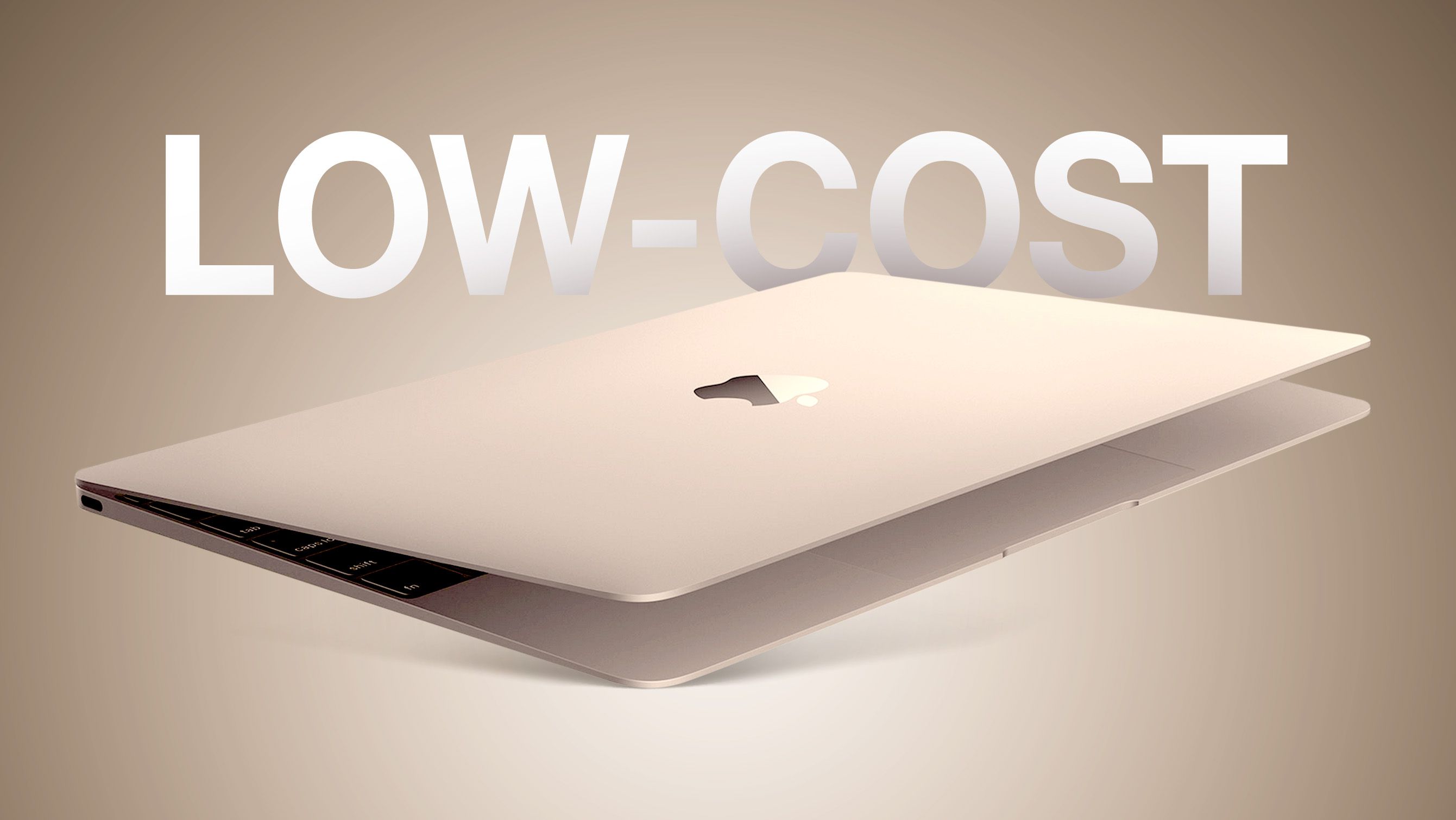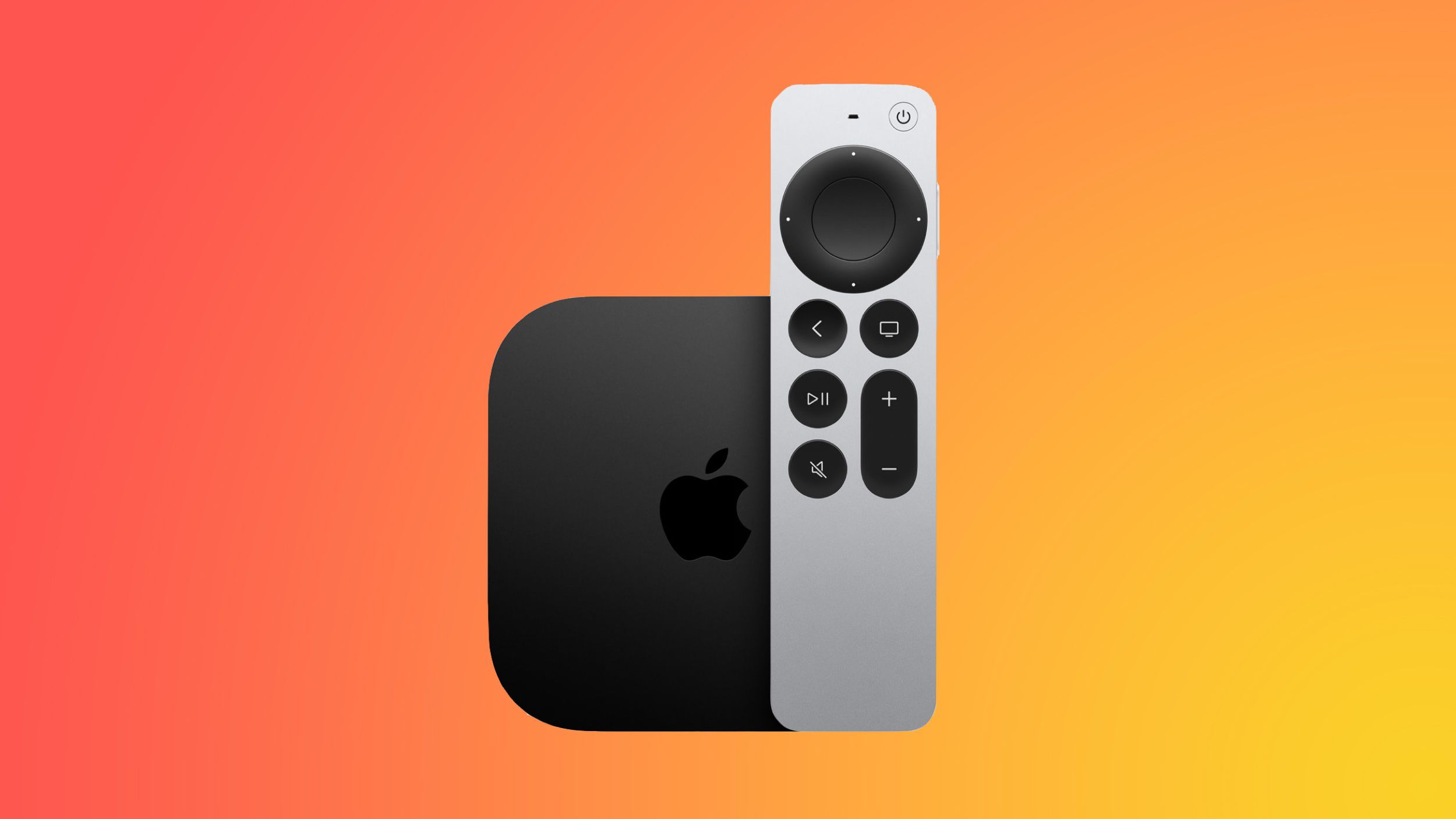The Evolution of the iPad

Introduction
When Steve Jobs first unveiled the iPad in 2010, it was a groundbreaking device that revolutionized the tablet market. However, Apple's recent updates to the iPad have strayed from Jobs' original vision, much to the dismay of many loyal fans. The tech giant has transformed the iPad into a full-blown computer, compromising on its simplicity and ease of use. While it may be a better device, the ghost of Jobs still lingers in the deep settings of the iPad, reminding us of what the device once was.
The Compromises
Apple's decision to make the iPad a more versatile and powerful device has come at a cost. The once simple and intuitive user interface has been replaced with a more complex and cluttered one. The addition of a trackpad and keyboard has made the iPad more like a laptop, but at the expense of its portability and convenience. It seems that Apple has abandoned their original vision of the iPad as a device that bridged the gap between a phone and a computer.
The Impact
The iPad's transformation into a computer has had a significant impact on the tech world. While some applaud Apple's move towards a more powerful device, others mourn the loss of Jobs' simple and elegant design. The iPad may now be able to handle more tasks and functions, but it has lost its unique identity. As technology
About the Organizations Mentioned
Apple
Apple Inc. is a leading American multinational technology company known for pioneering personal computing, mobile devices, and software ecosystems. Founded in 1976 by Steve Jobs and Steve Wozniak, Apple revolutionized technology with the first commercially successful personal computer and mainstream adoption of the graphical user interface (GUI), setting new standards in product design, user experience, and seamless integration across devices[2]. Headquartered in Cupertino, California, Apple’s product lineup includes the iPhone, iPad, Mac computers, Apple Watch, AirPods, and services such as the App Store, Apple Music, and iCloud. The company has built a vast ecosystem that enables third-party developers to expand product functionalities, strengthening its market dominance. Apple is widely recognized for its innovation in hardware, software, and services, with an emphasis on aesthetics and privacy. In 2025, Apple committed to its largest-ever investment initiative, pledging $600 billion over four years in the United States to boost manufacturing, research and development, and advanced technology sectors like artificial intelligence (AI) and silicon engineering[1][3]. This includes new manufacturing facilities, expanded R&D centers, and a program called the American Manufacturing Program (AMP) to encourage domestic production of critical components. These efforts support over 450,000 U.S. jobs and aim to establish a robust supply chain within the country[3]. Financially, Apple remains a powerhouse with a market capitalization of $3.84 trillion and annual revenue exceeding $400 billion. However, in 2025, it faced challenges including a 19% decline in stock value, intensified regulatory scrutiny from the U.S. Department of Justice over antitrust issues, legal disputes related to the App Store, and competitive pressure in AI technology[1][2]. Despite these hurdles, Apple continues to innovate, recently updating its software platforms with a unified "Liquid Glass" design and expanding its AI-driven personal assistant, Apple Intelligence[1]. Under CEO Tim Cook’s leadership, Apple balances technological advancement












